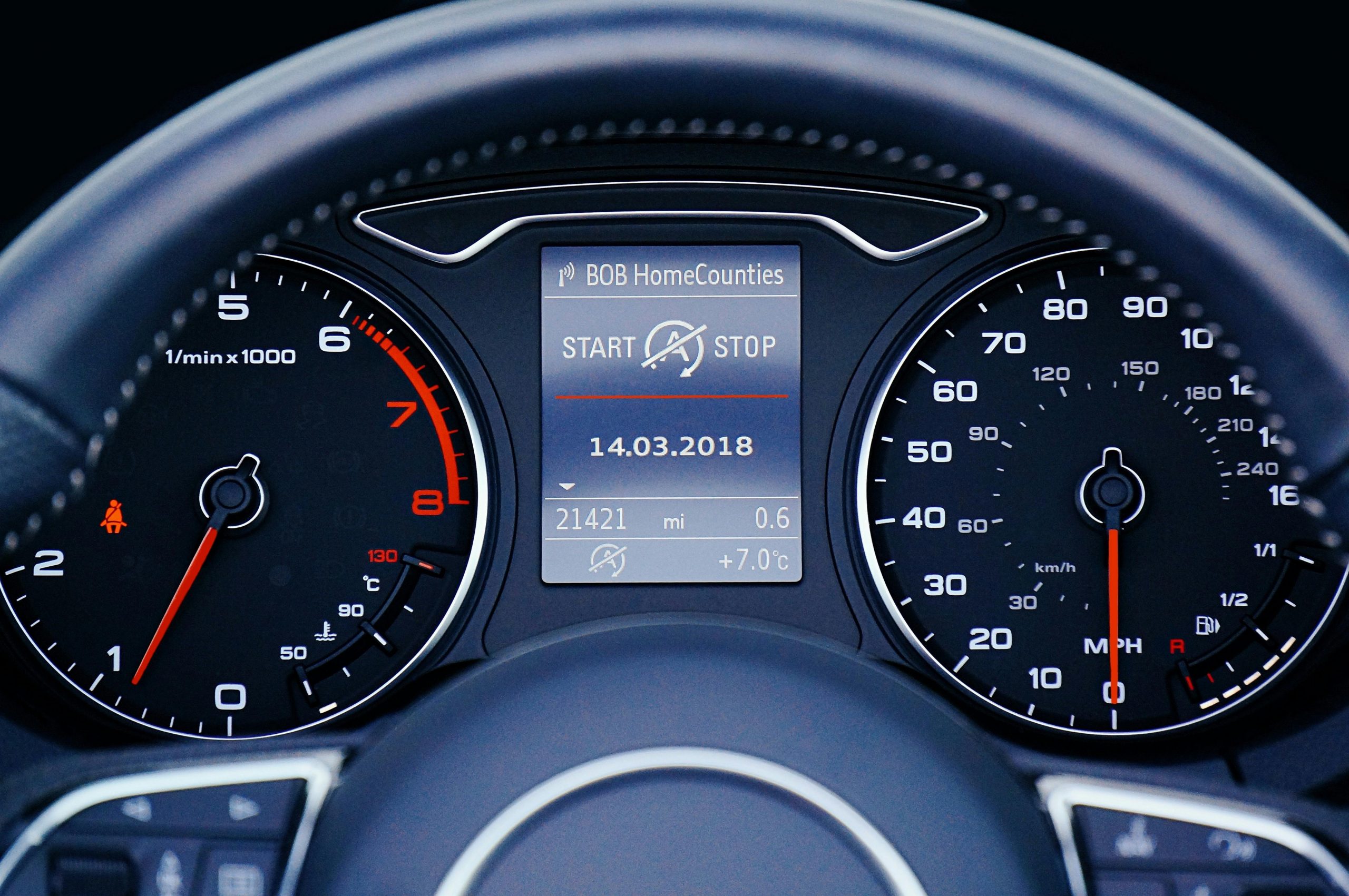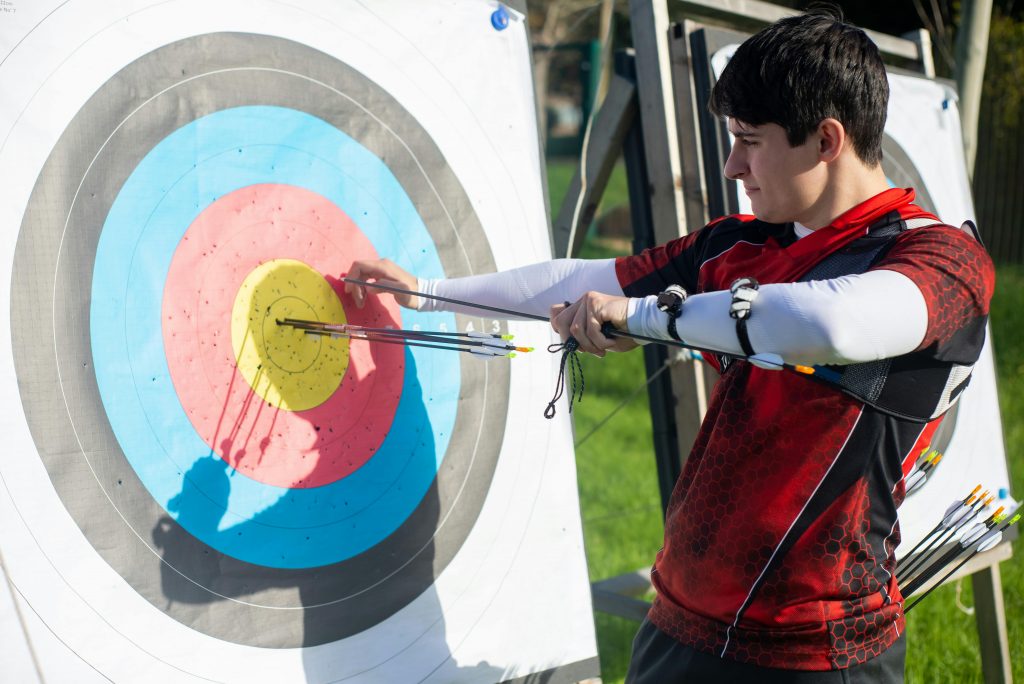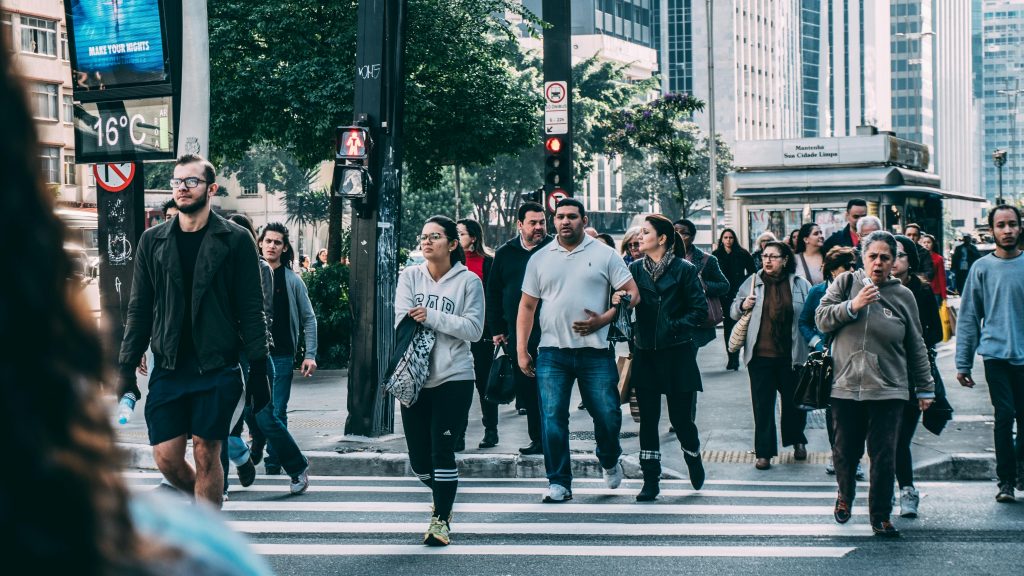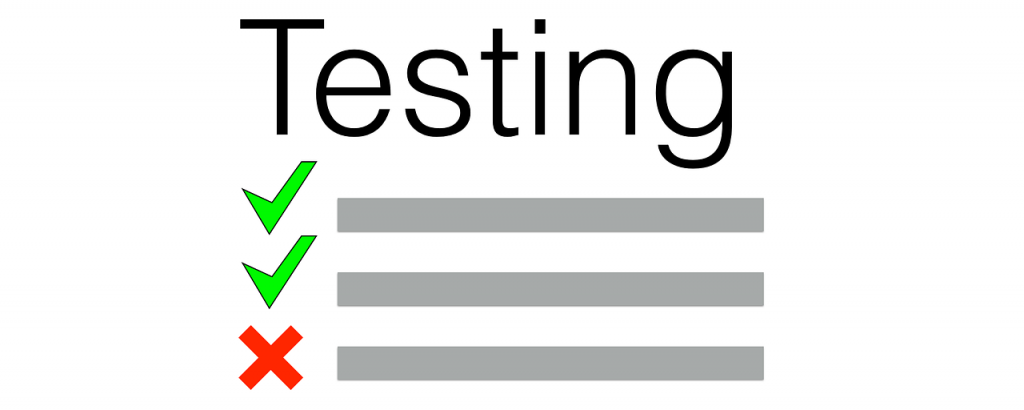
In today’s digital landscape, social media advertising has emerged as a cornerstone strategy for businesses seeking to connect with their target audience, drive traffic, and achieve significant growth. With billions of users across platforms like Facebook, Instagram, LinkedIn, and TikTok, the opportunities for brands to reach potential customers are unparalleled. This guide will delve into effective strategies for utilizing social media ads to fuel your growth, emphasizing targeted demographic campaigns, A/B testing for optimization, and the power of influencer partnerships.
Understanding the Power of Social Media Ads
Social media advertising allows businesses to tap into a vast pool of users, offering a unique opportunity to engage with potential customers in a personalized manner. According to recent statistics, there are over 31.9 million active social media users in Canada alone, showcasing the immense potential of these platforms for reaching diverse audiences.
The Role of Targeted Demographic Campaigns
One of the most significant advantages of social media advertising is the ability to create targeted demographic campaigns. This approach allows businesses to reach specific audience segments with tailored content and messaging. By leveraging the wealth of demographic data available on social media platforms, marketers can craft highly effective campaigns that resonate with their target audience.

Social media platforms provide extensive targeting options based on various demographics such as age, gender, location, education, and interests. For instance, Facebook allows advertisers to target users based on over 350 different attributes. This granular level of targeting enables businesses to create messages that speak directly to the needs and preferences of their ideal customers
Age-Based Targeting
Different age groups utilize social media platforms differently. For example:
- 78% of Americans aged 18-29 use Instagram, while only 15% of those aged 65 and older do.
- TikTok is particularly popular among younger users, with 62% of 18-29 year olds using the platform, compared to just 10% of those aged 65 and older.
- LinkedIn sees its highest usage among 25-34-year-olds, who make up 60% of its user base.
Gender and Geographic Targeting
Gender also plays a crucial role in social media usage and engagement. While overall social media usage is fairly balanced between genders, certain platforms exhibit notable differences. For instance, Pinterest has a predominantly female user base, while LinkedIn and Twitter lean slightly more towards male users.

Geographic targeting allows businesses to focus their campaigns on specific regions, countries, or even cities. This is particularly useful for local businesses or companies launching region-specific products or services. For example, India boasts the most Facebook users globally, with over 378 million users, followed by the United States with **193.8 million users.
Crafting Effective Targeted Campaigns
To create effective targeted demographic campaigns, consider the following steps:
- Define Your Target Audience: Understand who your ideal customers are based on your product or service and business goals.
- Utilize Analytics Tools: Use platform-specific analytics tools to identify which demographics engage most with your content.
- Create Resonant Content: Develop content that speaks directly to the interests and pain points of your target demographic.
- A/B Testing: Implement A/B testing to refine your messaging and creative elements for different demographic segments.
- Monitor and Adjust: Continuously monitor campaign performance and adjust your targeting parameters as needed to optimize results.
By leveraging these targeted demographic strategies, businesses can significantly improve the efficiency and effectiveness of their social media marketing efforts, leading to higher engagement rates, better conversion rates, and ultimately, improved ROI on their advertising spend.
Optimizing Ad Spend with A/B Testing
A/B testing is a crucial strategy for optimizing social media ad campaigns and maximizing return on ad spend (ROAS). By systematically comparing two versions of an ad, marketers can identify which elements resonate best with their target audience and drive better performance.

Steps for Effective A/B Testing
- Define Clear Goals: Establish specific key performance indicators (KPIs) aligned with your campaign objectives, such as increasing click-through rates (CTR) or improving conversion rates.
- Test One Variable at a Time: Focus on changing a single element like ad copy, images, calls-to-action (CTAs), or targeting parameters to isolate its impact.
- Ensure Adequate Sample Size: Use sample size calculators to determine the number of impressions needed for statistically significant results.
- Utilize Platform-Specific Tools: Most major social platforms offer built-in A/B testing features, making it easier to conduct tests.
- Analyze Results Carefully: Look beyond surface-level metrics to determine statistical significance.
- Implement and Iterate: Apply winning variations to your campaigns, but continue testing to refine further.
Common Elements to Test
Common elements to test in social media ads include:
- Ad Copy: Headlines, body text, and CTAs.
- Visuals: Images, videos, and ad formats.
- Audience Targeting: Demographics, interests, and behaviors.
- Landing Pages: Design, messaging, and offer presentation.
For example, an e-commerce business might test two Facebook ad headlines:
- Version A: “Shop Now for Exclusive Discounts!”
- Version B: “Limited Time Offer – Shop Today!”
If Version B shows a significantly higher CTR, it will be implemented in future campaigns.

A/B testing can lead to substantial improvements in ad performance. Companies using A/B testing have reported up to 56% higher results in their campaigns. By continuously optimizing through testing, marketers can improve engagement, increase conversions, and ultimately achieve a better ROAS for their social media advertising efforts.
Leveraging Influencer Partnerships
In recent years, influencer partnerships have become a powerful tool in modern marketing strategies, offering numerous benefits for businesses looking to expand their reach and drive growth. By collaborating with influencers, brands can tap into established audiences and leverage the trust and credibility these individuals have built with their followers.

Benefits of Influencer Marketing
- Increased Brand Awareness: Influencers can introduce your products or services to a wider audience, potentially reaching millions of followers across various social media platforms. For example, Athletic Greens successfully utilized TikTok influencers to spread awareness of their nutritional supplements among health-conscious Gen Zers, resulting in their campaign hashtags garnering over 90 million views.
- Access to New Markets: Influencer partnerships provide access to new demographics. Bulldog, a UK-based men’s skincare brand, used TikTok’s Creator Program to reach a new audience in Germany without even having a TikTok account, achieving 29.8 million impressions and a 5%-10% increase in sales.
- Building Trust and Credibility: Influencers are often seen as more trustworthy than traditional advertising. 71% of people are more likely to buy products recommended by influencers they trust. This trust factor is particularly important for younger generations, with Gen Zers valuing influencer recommendations even more than those from friends and family.
- Cost-Effective Strategy: Working with micro-influencers (those with under 100,000 followers) can be a cost-effective strategy. Many marketers report that influencer marketing offers the second-highest ROI of any marketing trend, with businesses receiving an average return of $4.87 for every $1 spent.
- Boosting Engagement Rates: Collaborating with influencers can significantly boost engagement rates for your brand. When influencers share or endorse your content, it often results in higher levels of interaction, including likes, comments, and shares.
- Content Creation and Strategy: Influencers are experts at producing engaging content that resonates with their audience. Brands can negotiate content usage rights to repurpose influencer-created content across their own marketing channels.
- Overcoming Ad Blockers: As more consumers use ad-blocking technology, traditional digital advertising becomes less effective. Influencer content, however, is typically viewed as organic and is not affected by ad blockers.
- Insights into Consumer Behavior: Influencer partnerships can provide valuable insights into consumer behavior and preferences, helping brands refine their overall marketing strategies.
Maximizing Influencer Partnerships
To maximize the benefits of influencer partnerships, brands should:

- Select Aligned Influencers: Choose influencers whose values align with your brand.
- Develop Long-Term Relationships: Foster long-term relationships with influencers for increased authenticity.
- Allow Creative Freedom: Give influencers the freedom to maintain their unique voice.
- Set Clear Goals and KPIs: Establish clear objectives for influencer campaigns.
- Utilize Influencer-Generated Content: Repurpose influencer-generated content across multiple marketing channels.
- Analyze and Optimize: Continuously analyze and optimize influencer partnerships based on performance data.
By leveraging influencer partnerships effectively, brands can significantly enhance their marketing reach, build stronger connections with their target audience, and drive sustainable growth in an increasingly competitive digital landscape.
In conclusion, social media advertising offers a multitude of avenues for businesses to fuel their growth. By implementing targeted demographic campaigns, optimizing ad spend through A/B testing, and leveraging influencer partnerships, brands can create impactful marketing strategies that resonate with their audiences.
At Sociobo, we understand the importance of social proof in enhancing your brand’s visibility and authority on social media. Our exclusive program utilizes the concept of social proof aggregation to systematically enhance your brand’s presence across various platforms. By employing aggregated followers and engagement, we help you build a credible and influential social media profile that attracts genuine followers and boosts your overall performance.
If you’re ready to take your social media growth to the next level, explore how Sociobo can help you leverage the power of social media ads and social proof. Visit Sociobo.com today to learn more about our services and start your journey toward building a strong and influential brand presence online. Your growth story awaits!






No comment yet, add your voice below!